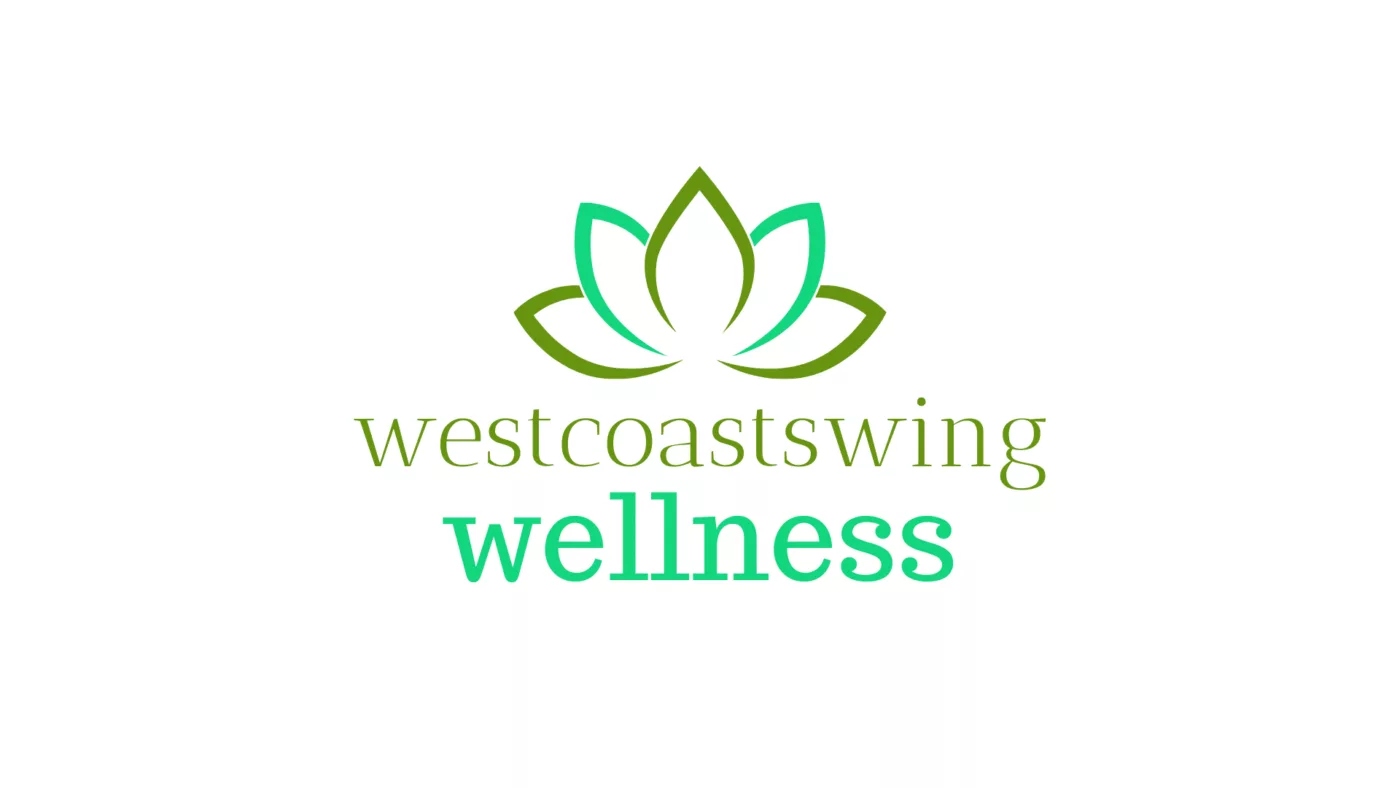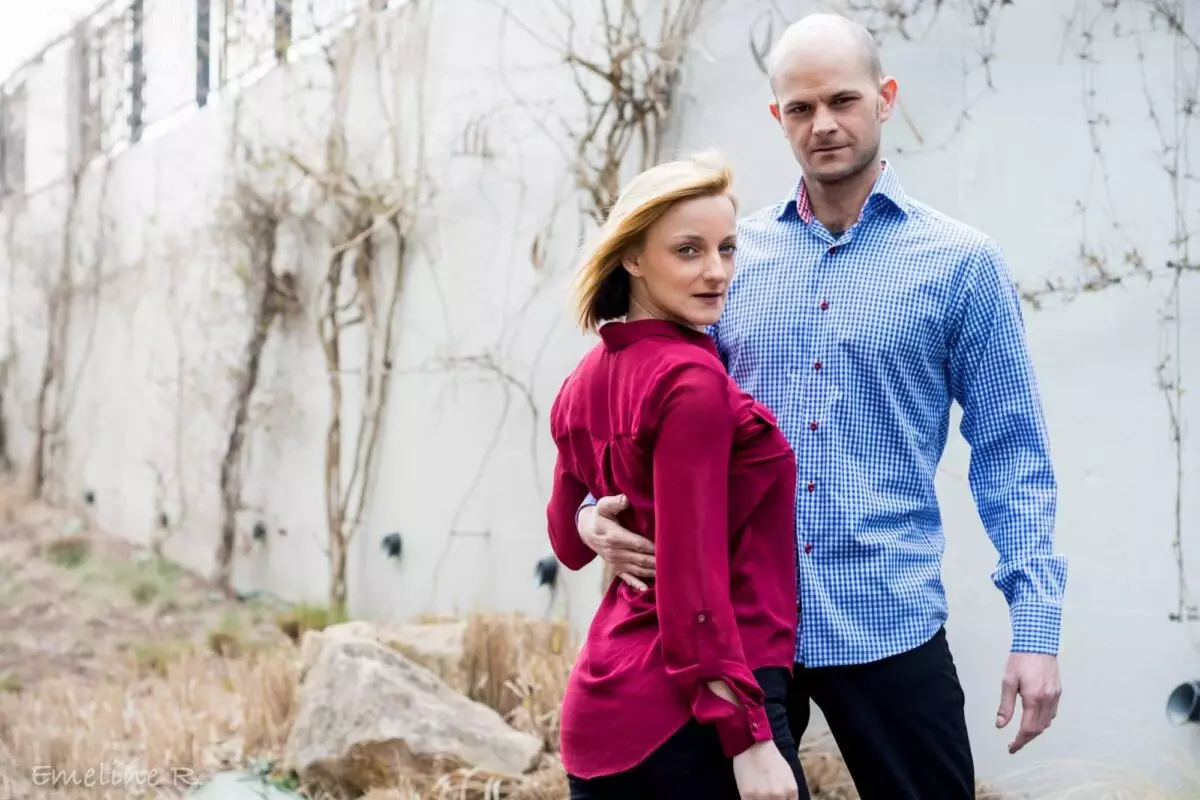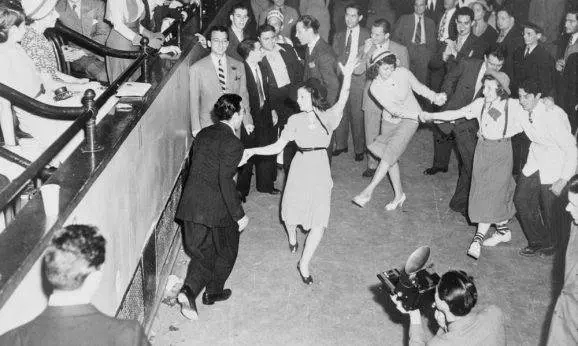Wellness in West Coast Swing
Wellness in West Coast Swing is an ideology which EastonSwing. Together with Natalie Lockyer Coaching began to promote, through the middle of 2019. Whilst we’re all stuck indoors during the Covid-19 crisis, taking care of your self physically and mentally is vitally important.
We’ve noticed that there are increasing levels of stress and anxiety amongst the WCS community and we aim to help alleviate that. Increasing Wellness will also increase your social dancing capacity and leave you feeling better after an event weekend.
One of our goals is to deepen the connections between individuals in the WCS community. Especially, between the Wellness Westies already in the community and dancers struggling to maintain good balances in their lives.
Introduction
First introduced to the idea of Wellness by a Swiss Anaesthetist who was managing us when teaching in Switzerland, Germany and Austria in the early 2000’s. From meditation techniques to visiting Roman baths, we were given the beginning of our Wellness journey, even before we knew what it was all about. We began learning more about diet and nutrition to help maintain energy levels when teaching many long days consecutively, what foods would help with recovery and what we should avoid before performances. This together with many more lessons we’ve learned have prepared us to achieve our goals and greater stability in our mental and physical health.
WCS Pro’s tend to be exceptional humans who often share what it takes to be a great dancer. But, there is never enough time talk about what it takes to maintain such a level of function and output. Every Pro we know goes to great lengths to promote and maintain a healthy body and mind. Our ambition is to share some methods and techniques that the Pro’s use to stay well so we can all enjoy WCS a little more.
WestCoastSwingWellness.com has already started posting articles on how stay well in mind and body. Here are some of the main topics that will be covered in existing and future posts.
Physical Fitness
Yoga, Pilates, Workouts, Injury prevention, Posture and Joints, Massage.
Mental Health
Mindfulness, Consent, Self-acceptance, Growth & Purpose, Environmental mastery, Positive Social interactions.
Nutrition & Hydration
Immune Boost, Macros and Micros, Supplements, Development.
Sleep
Muscle regeneration, Memory retention, Hormone & Mood Stability.
Hygiene
Personal Hygiene, Water Stations, Travelling,
To conclude, as Wellbeing becomes a more important part of every aspect of our lives, be confident knowing that your dance community is also aligned to this way of thinking. To this end, in late 2019 we have launched the West Coast Swing Wellness project. The goal is to increase wellness within West Coast Swing. WCSWellness will highlight many health and fitness professionals from the WCS community whose expertise and advice will help guide us to a happier healthier lifestyle. Follow our social media platforms and Blog articles to start getting more reward from your WCS dancing.
WCSWellness
Website | https://westcoastswingwellness.com/
Instagram | https://www.instagram.com/wcswingwellness/
Facebook page | https://www.facebook.com/wcswellness
Facebook Group | https://www.facebook.com/groups/301962604108804/
Natalie Lockyer
Website | https://www.natalielockyercoaching.co.uk/
Instagram | https://www.instagram.com/natalie_lockyer_coaching/
Facebook Page | https://www.facebook.com/Natalielockyercoaching/
Thanks for reading through this article, Dancing amid Adversity. For more articles from WCSWellness follow our Social Media and Join our mailing list. Feel free to reach out to us at our Contact page.





